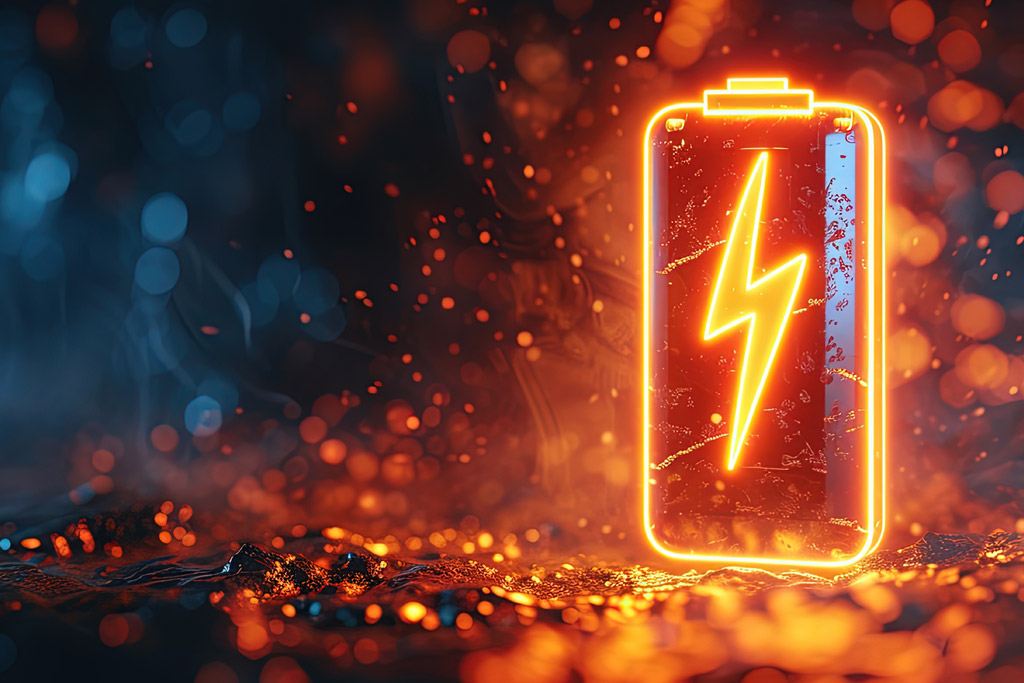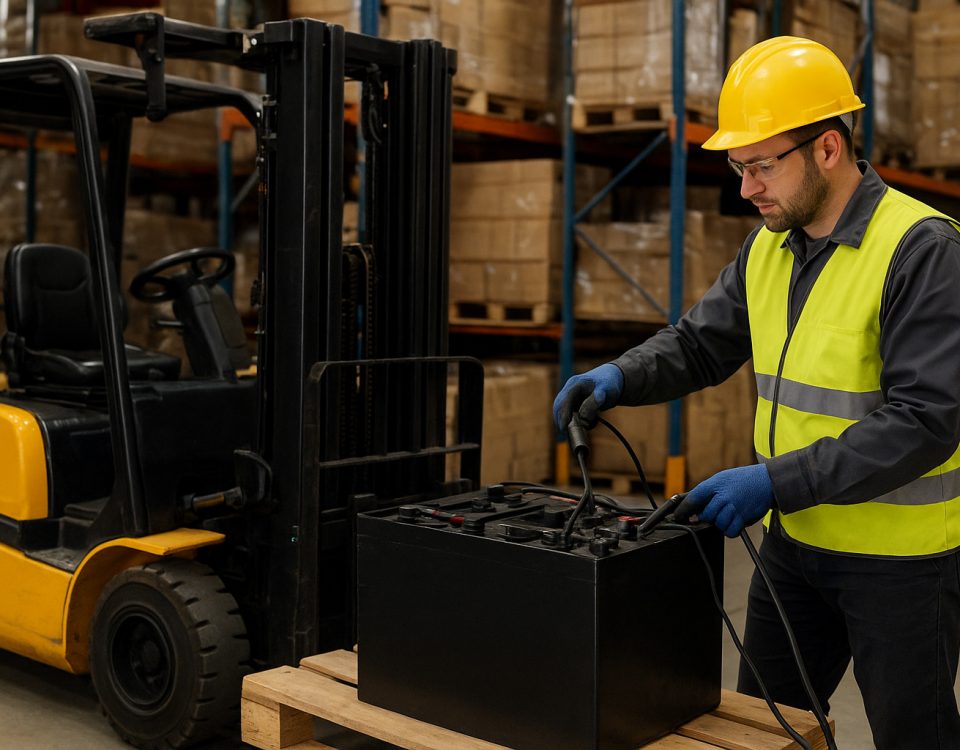Lithium batteries have become a cornerstone of modern technology, found in everything from smartphones to electric vehicles. Their high energy density and lightweight design make them highly desirable, but they come with concerns about safety, particularly regarding the risk of fire. This article explores how often lithium batteries catch fire, the factors that contribute to such incidents, and essential safety measures, including a closer look at the safety features of lithium iron phosphate (LiFePO4) batteries.
Frequency of Lithium Battery Fires
Lithium batteries, while generally safe, can catch fire under certain conditions. Understanding the frequency of such incidents involves looking at industry statistics and safety reports:
-
Incidence Rate: Fire incidents involving lithium batteries are relatively rare compared to their widespread usage. For example, a 2023 report from the National Fire Protection Association (NFPA) indicated that lithium battery-related fires account for less than 1% of all electrical failure fires.
-
Electronics and EVs: In consumer electronics like smartphones and laptops, fires are uncommon but do occur. These incidents typically result from battery defects, mishandling, or manufacturing flaws. Electric vehicles (EVs) also report occasional fires, though these are often highlighted due to the high visibility of EVs.
Factors Contributing to Lithium Battery Fires
Several factors can increase the risk of lithium battery fires:
-
Manufacturing Defects: Faults in the manufacturing process can lead to internal short circuits or other issues in lithium batteries, potentially causing thermal runaway and fires.
-
Physical Damage: Batteries that are dropped, punctured, or otherwise physically damaged are at a higher risk of overheating and catching fire.
-
Overcharging and Improper Use: Overcharging a battery or using incorrect chargers can cause excessive heat buildup, increasing the risk of fire. Similarly, exposure to extreme temperatures can exacerbate this risk.
-
Design Flaws: Batteries with inadequate thermal management or safety features are more prone to overheating and fires. Proper design and safety mechanisms are crucial for minimizing these risks.
Enhanced Safety Measures with Lithium Iron Phosphate (LiFePO4) Batteries
When it comes to safety, lithium iron phosphate (LiFePO4) batteries offer several advantages over traditional lithium-ion batteries:
-
Inherent Safety Features: LiFePO4 batteries are known for their superior thermal stability and safety. They are less likely to experience thermal runaway, a condition where a battery overheats uncontrollably, due to their stable chemical composition.
-
Robust Battery Management Systems (BMS): LiFePO4 batteries often come with advanced Battery Management Systems (BMS) that monitor the battery's health and ensure safe operation. The BMS manages charging and discharging processes, preventing overcharging, deep discharging, and overheating.
-
Durability and Longevity: LiFePO4 batteries have a longer lifespan and better cycle stability compared to traditional lithium-ion batteries. This durability reduces the frequency of replacement and associated risks.
-
Richye’s Commitment to Safety: Richye, a leading lithium battery manufacturer, specializes in producing high-quality LiFePO4 batteries. These batteries are known for their excellent performance, safety features, and durability. Richye employs rigorous quality control processes and advanced safety mechanisms in their battery designs, ensuring reliable and safe energy solutions.
Safety Measures to Mitigate Risks
To ensure safety when using lithium batteries, including LiFePO4 models, follow these practices:
-
Purchase from Reputable Manufacturers: Choose batteries from trusted manufacturers like Richye, known for their high-quality and safety-tested products. Richye’s LiFePO4 batteries are engineered with robust safety features and advanced BMS technology.
-
Use Compatible Chargers: Always use chargers that are specifically designed for your battery type. Avoid using damaged or counterfeit chargers.
-
Handle with Care: Prevent physical damage by handling batteries carefully. Avoid dropping, puncturing, or exposing them to harsh conditions.
-
Follow Manufacturer Guidelines: Adhere to the manufacturer's guidelines for charging, storage, and disposal to minimize risks.
-
Regular Inspections: Periodically inspect batteries for signs of wear or damage, such as swelling or leakage, and replace them as needed.
Conclusion
While the risk of lithium battery fires is relatively low, it is important to understand the factors that contribute to these incidents and to take appropriate safety measures. Lithium iron phosphate (LiFePO4) batteries, such as those produced by Richye, offer enhanced safety and reliability due to their stable chemistry and advanced safety features. By following recommended practices and choosing high-quality batteries, users can enjoy the benefits of lithium technology while minimizing potential risks.




